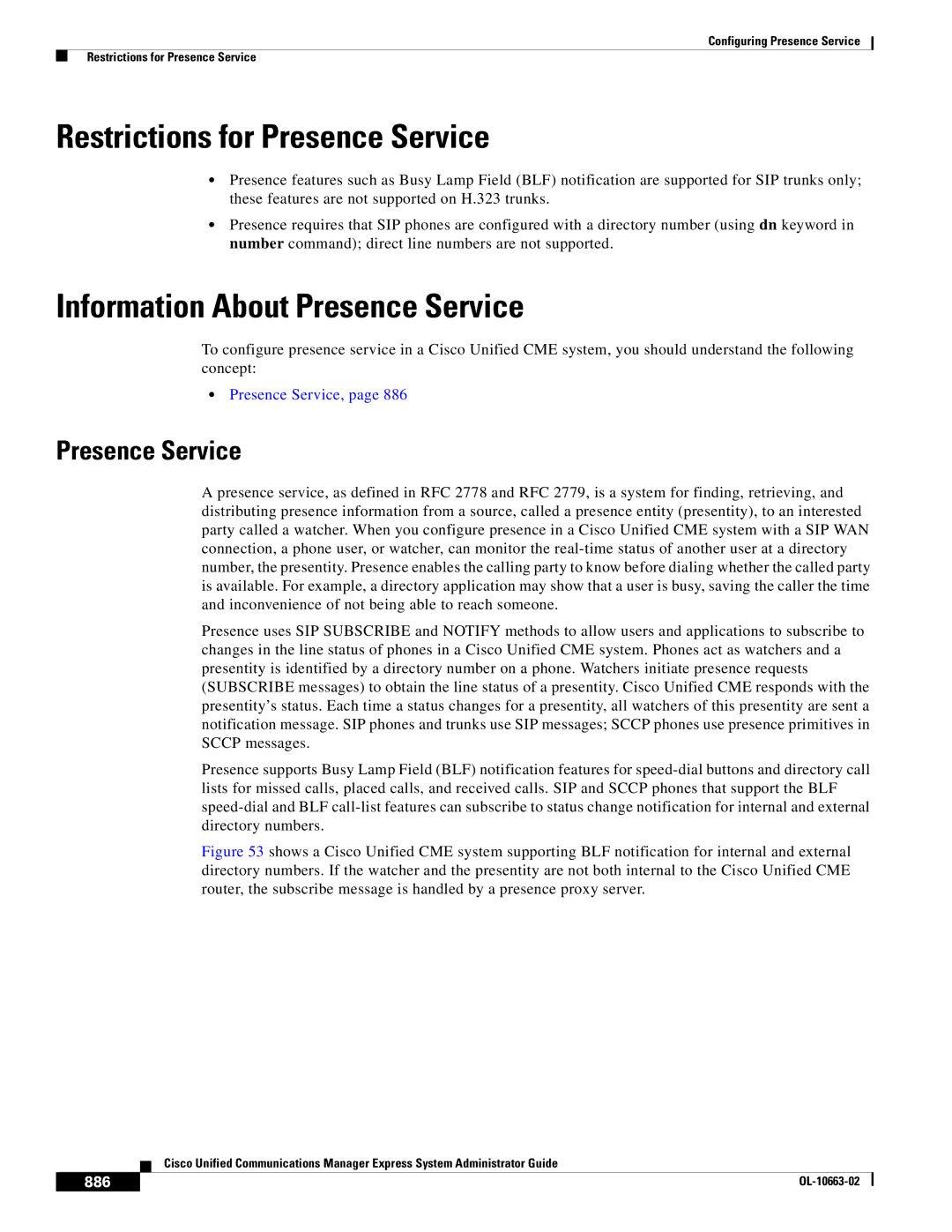OL-10663-02 specifications
Cisco Systems OL-10663-02 refers to a specific educational course or training program offered by Cisco. This program is part of Cisco's extensive range of certifications and training solutions that aim to equip IT professionals with the necessary skills to manage and optimize networks using Cisco technologies.One of the main features of OL-10663-02 is its focus on the fundamentals of network design and implementation. Participants learn about essential networking concepts, including IP addressing, subnetting, routing protocols, and network security. The course is designed to provide a solid grounding in these topics, making it suitable for both aspiring network engineers and seasoned professionals looking to refresh their knowledge.
Another significant aspect of OL-10663-02 is its integration with real-world scenarios. The course effectively combines theoretical knowledge with practical applications, enabling learners to understand how to apply what they've learned in actual network environments. Additionally, the program often includes hands-on labs and simulations, allowing participants to gain valuable experience in configuring and troubleshooting Cisco devices.
Cisco's commitment to using the latest technologies is also evident in OL-10663-02. The course incorporates advanced networking paradigms such as Software-Defined Networking (SDN) and network automation. These technologies are crucial in today's fast-evolving IT landscape, where businesses are increasingly looking to streamline their network operations and improve efficiency.
Moreover, OL-10663-02 emphasizes the importance of security in networking. Participants are educated on best practices for implementing robust security measures, understanding threats, and responding to security incidents effectively. This aspect of the course is critical, given the rising concerns regarding cybersecurity in the modern world.
Overall, Cisco Systems OL-10663-02 is an essential training program that combines theoretical knowledge, hands-on practice, and an emphasis on current technologies and security. As organizations continue to rely on complex networks, courses like OL-10663-02 play a vital role in preparing IT professionals to meet the challenges of modern network management and optimization effectively. By completing this course, participants can enhance their skill set and increase their marketability in a competitive job landscape.

